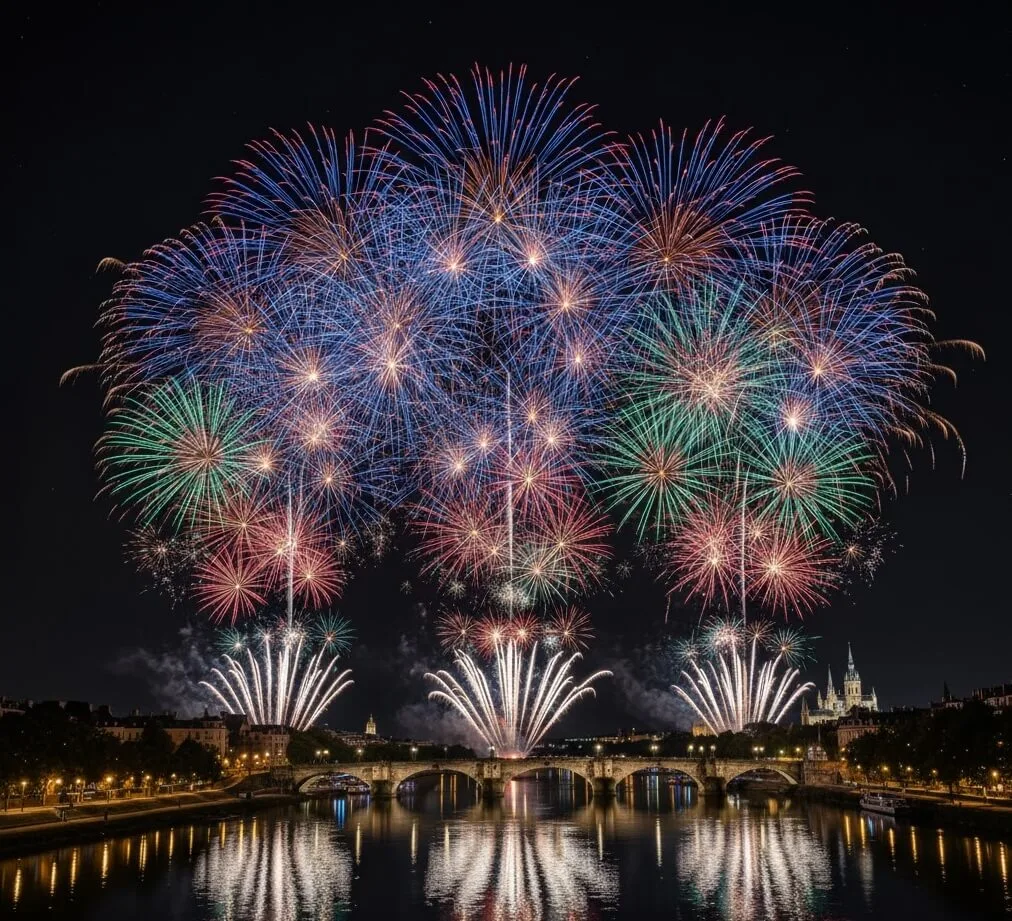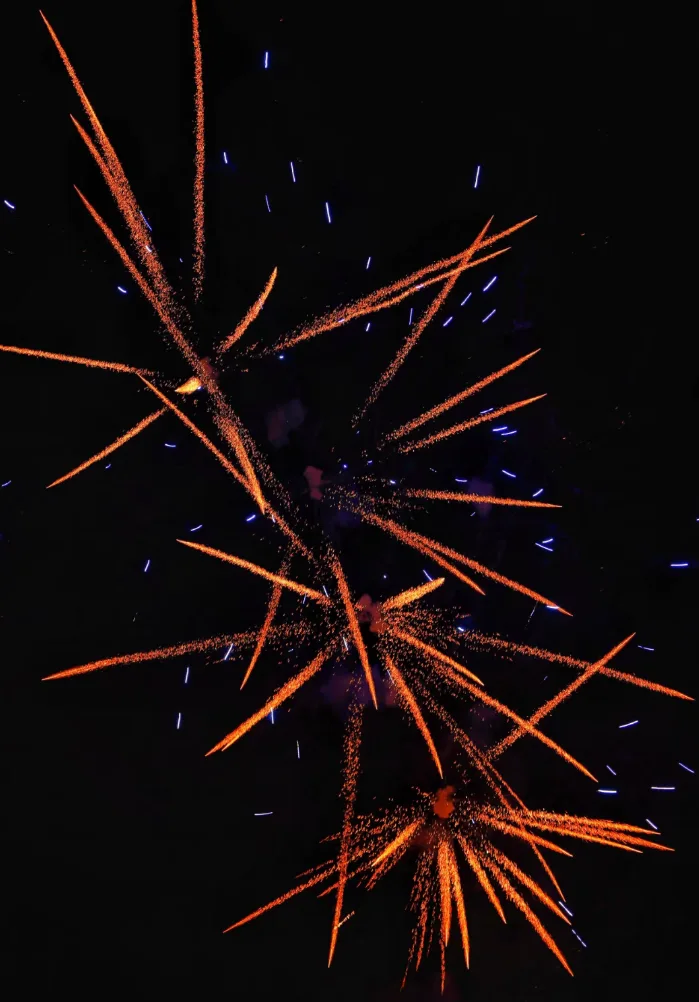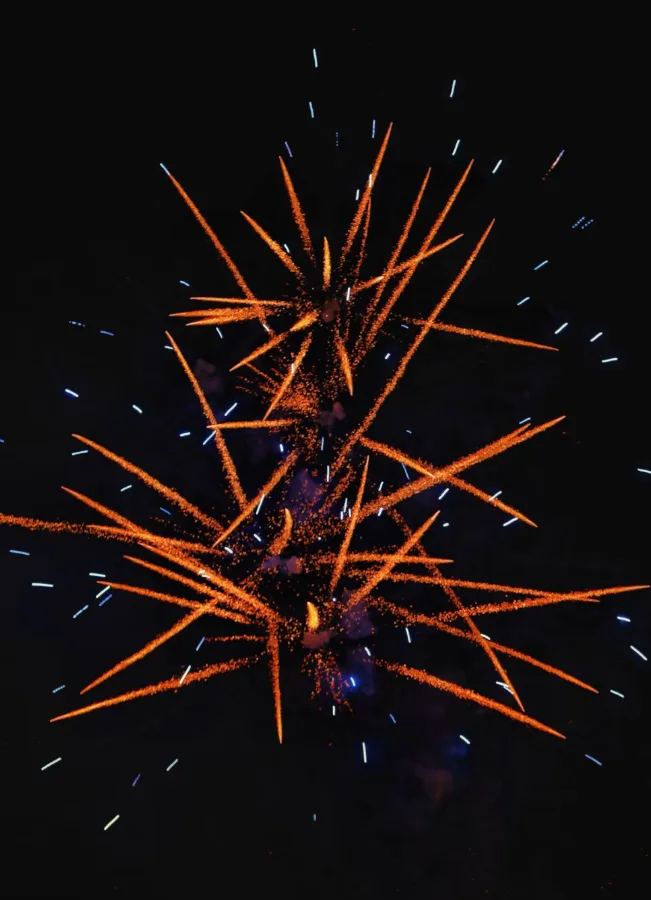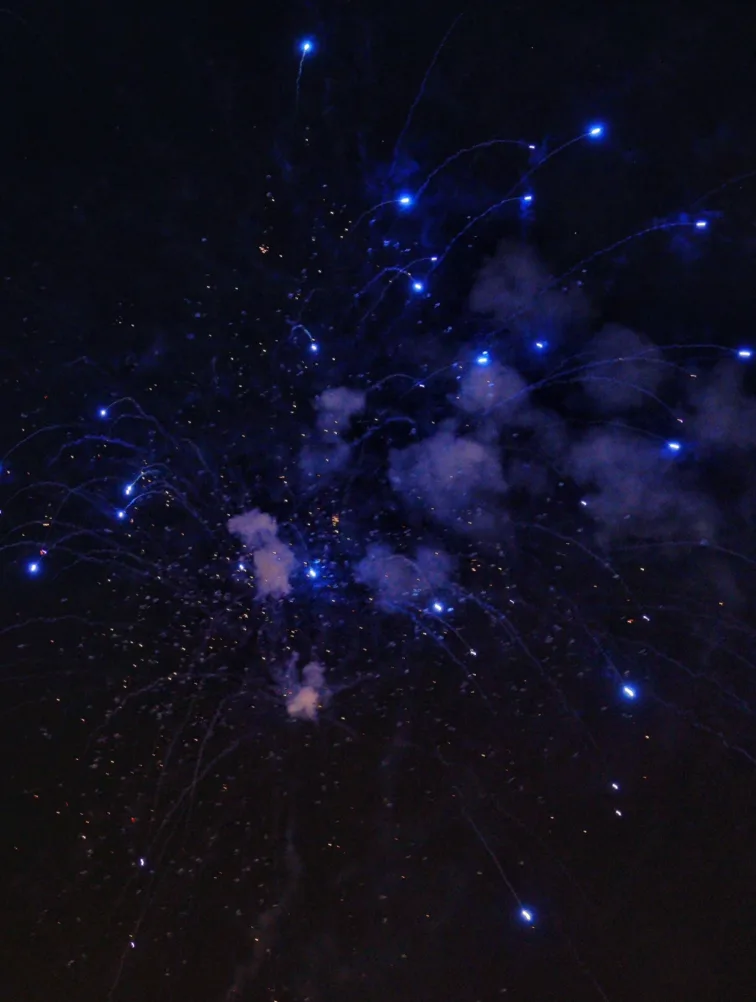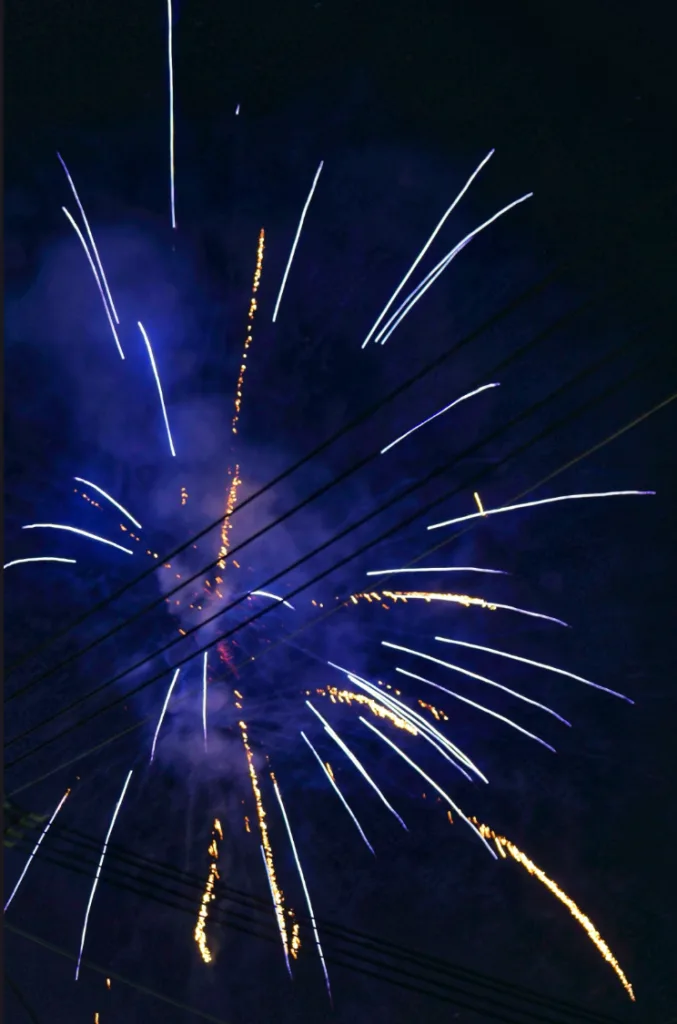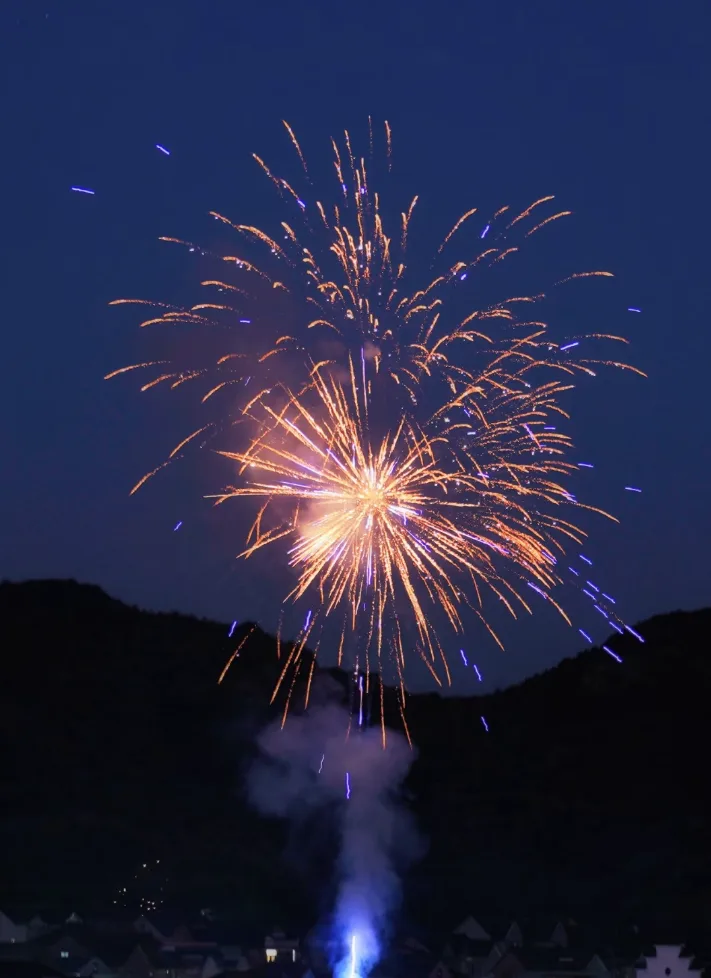For centuries, fireworks have captured the human imagination, serving as a powerful, collective symbol of triumph, reverence, and festivity. They are far more intricate than mere controlled explosions; they are carefully engineered, luminous sculptures, fleetingly etched against the vast, dark canvas of the night. The fascination with these displays bridges epochs, encapsulating a rich history, complex scientific execution, and a powerful, unifying emotional resonance that transcends both geography and cultural boundaries.
From Alchemist's Error to Grand Design: A Historical Trajectory
The origin story of the firework is one of fortunate accident, rooted in 7th-century China. During the pursuit of an elixir for eternal life, Taoist alchemists inadvertently combined saltpeter, sulfur, and charcoal—the foundational components of black powder. This potent mixture initially found utility in military applications. Yet, it quickly developed a ceremonial role, as its sharp, resounding reports and brilliant flares were believed to possess the spiritual power to ward off malevolent spirits and honor important events.
The knowledge of this technology gradually migrated westward along ancient trade routes, reaching the Middle East and eventually Europe. The refinement of pyrotechnics accelerated dramatically during the European Renaissance, particularly in Italy, where craftsmen transformed simple blasts into sophisticated, multi-tiered displays. Here, fireworks ascended to a refined court art form, reserved for marking royal ascensions, treaties, and significant religious holidays. This trajectory of development shows how ingenuity turned a volatile compound into a celebrated, meticulously timed artistic performance.
The Rigorous Chemistry of Color and Light
To genuinely appreciate the dazzling visual impact of a firework, one must recognize the precise chemical and physical processes that govern its operation. Every segment of a firework shell—from the lifting charge that propels it skyward to the tiny, color-producing pellets known as 'stars'—is the result of exacting calculations and careful assembly. The vivid colors that stream down are never random; they are the consequence of specific metallic salt compounds being superheated and combusting.
When the shell is ignited at altitude, the resulting, intense thermal energy energizes the electrons within these metallic atoms, pushing them to higher energy levels (an 'excited state'). As these energized electrons instantaneously revert to their original, stable energy level, they release the absorbed energy as light. The wavelength of that light determines the exact color we perceive. Furthermore, the final pattern—whether a cascade, a ring, or a sphere—is meticulously dictated by the shape and geometric positioning of the 'stars' within the casing. It is this controlled mastery of material science that transforms an explosive compound into a radiant, controlled masterpiece.
The Unifying Force of Shared Spectacle
Regardless of the particular event—be it a national independence day, a cultural festival, or a massive public celebration—a firework show holds an exceptional capacity to generate an immediate, profound sense of shared experience. For a concentrated period, the display prompts people to collectively suspend their daily routines, direct their gaze upward, and immerse themselves in the same choreographed symphony of light and sound.
The very transient and overwhelming scale of the display serves as a poignant reminder to embrace the present moment. The beauty is intensified by its brief duration. Coupled with the powerful, rhythmic percussive sounds, the event is a deeply primal form of communal celebration, a collective moment that cuts through the distractions of modern life and focuses all attention on a shared horizon. This unifying emotional experience is the primary reason why the firework display remains an indispensable feature of human tradition and commemoration.
Conclusion
Fireworks represent a magnificent convergence of deep historical ingenuity, modern chemical science, and sophisticated performance art. Utilizing fundamental principles of physics and chemistry, they construct a visual and auditory narrative that resonates with the core of the human spirit, articulating our continuous aspiration for joy, our deep need for ceremony, and our intrinsic delight in moments of shared, spectacular wonder. The next time a shower of brilliant light cascades overhead, take a moment to consider the centuries of scientific rigor and technical precision contained within that single, magnificent, disappearing flash.

